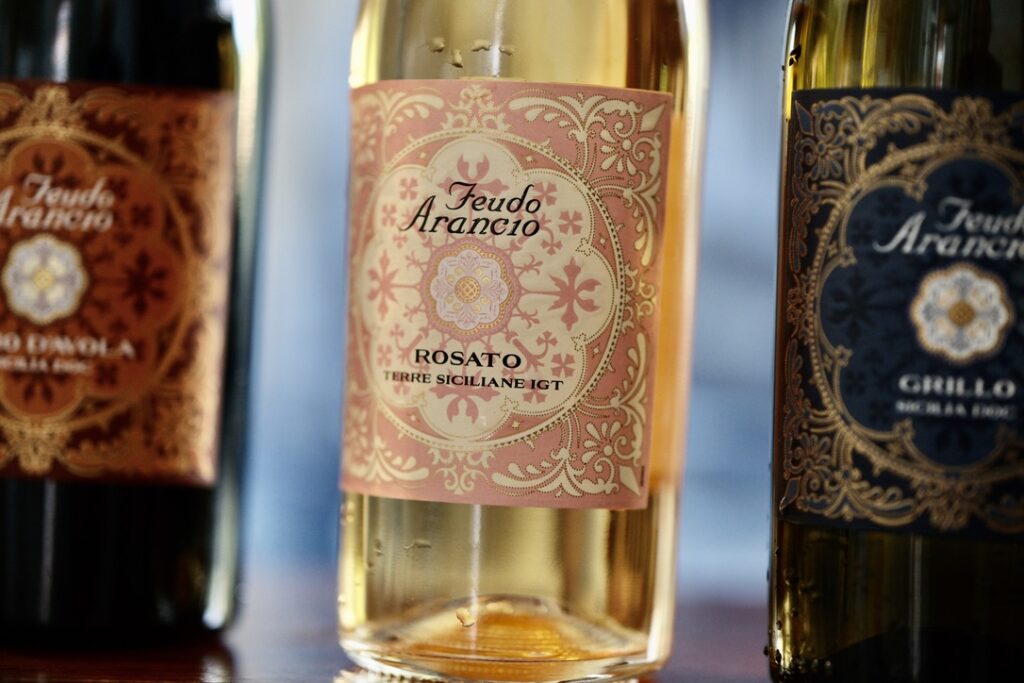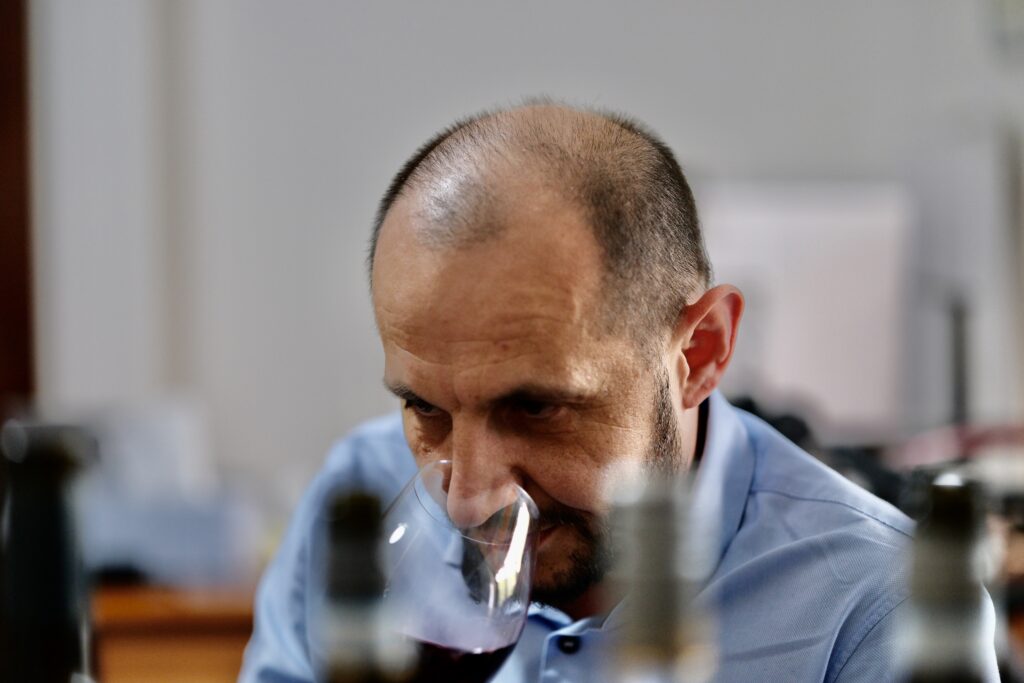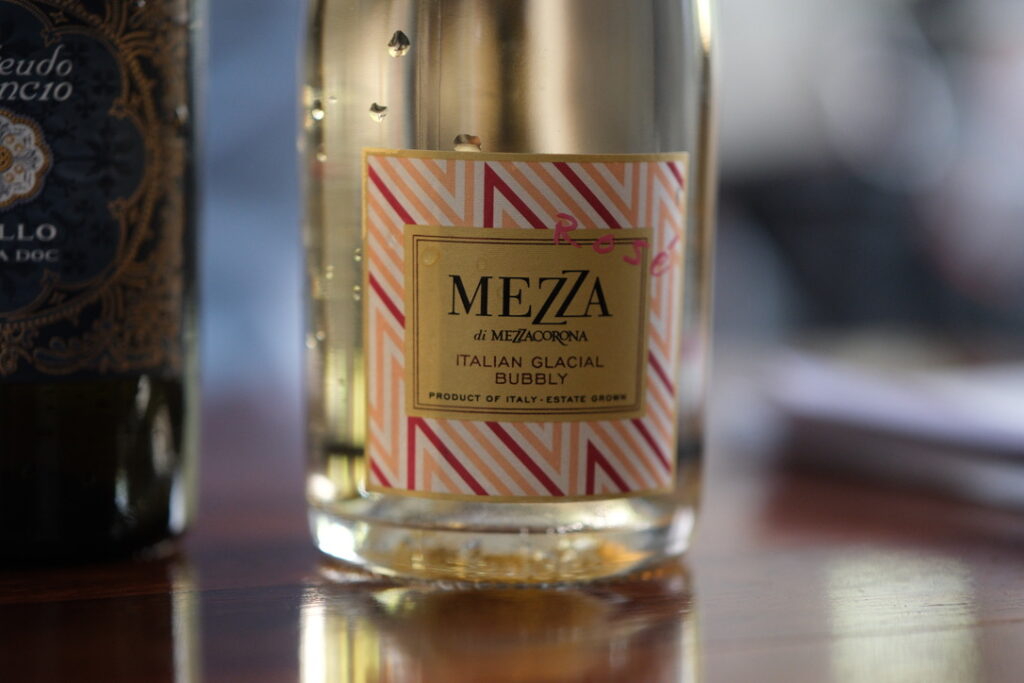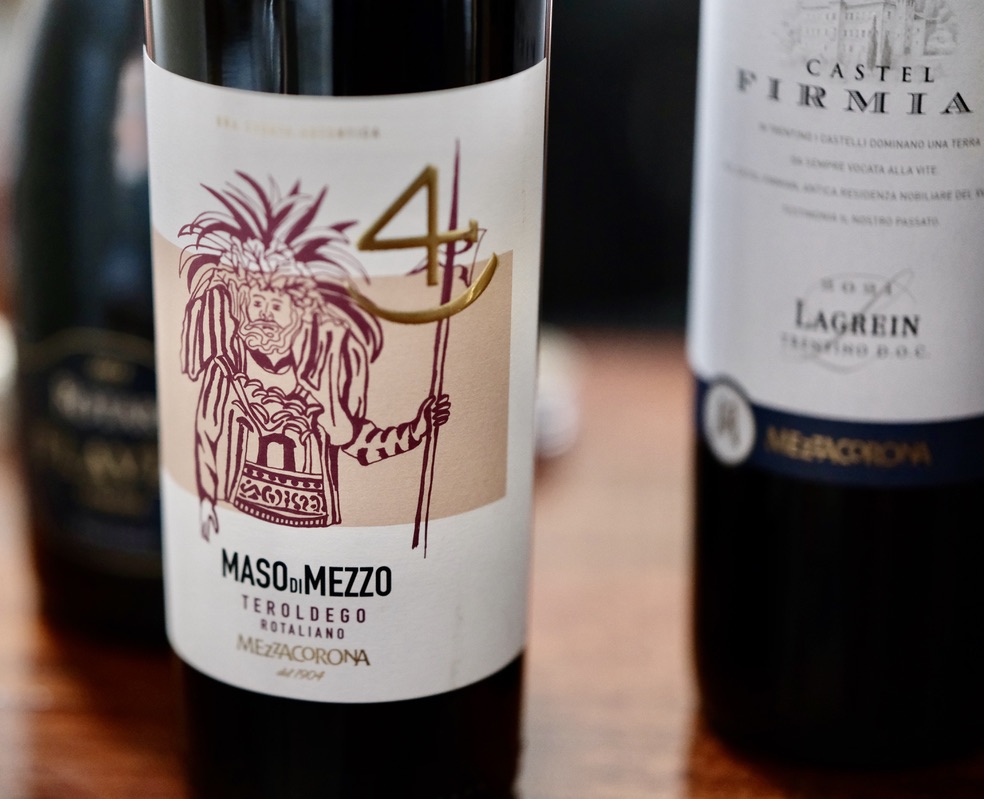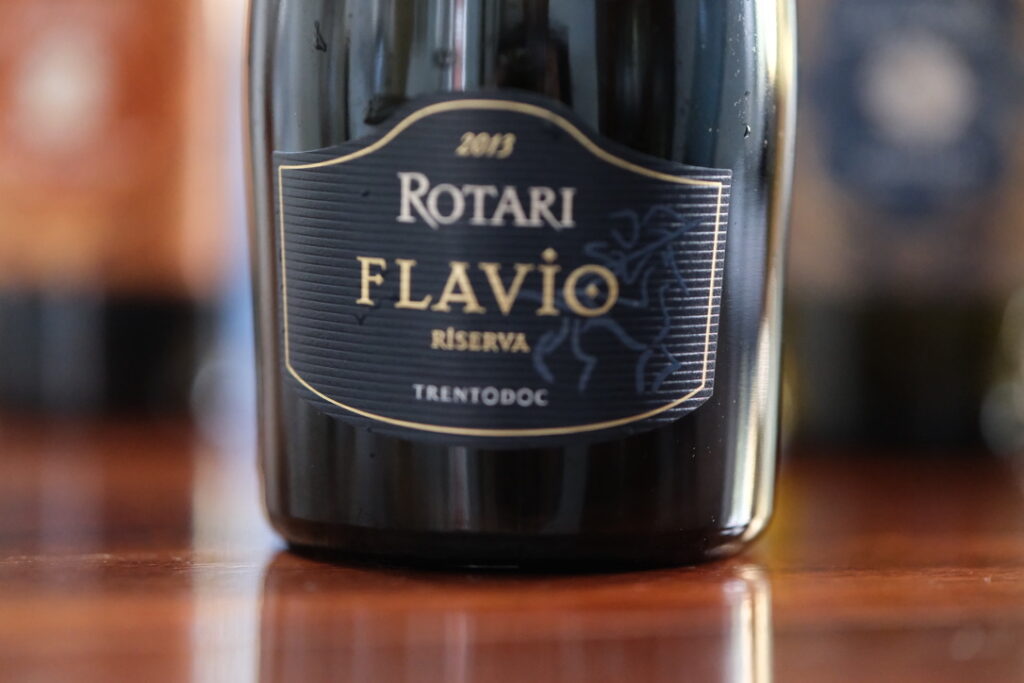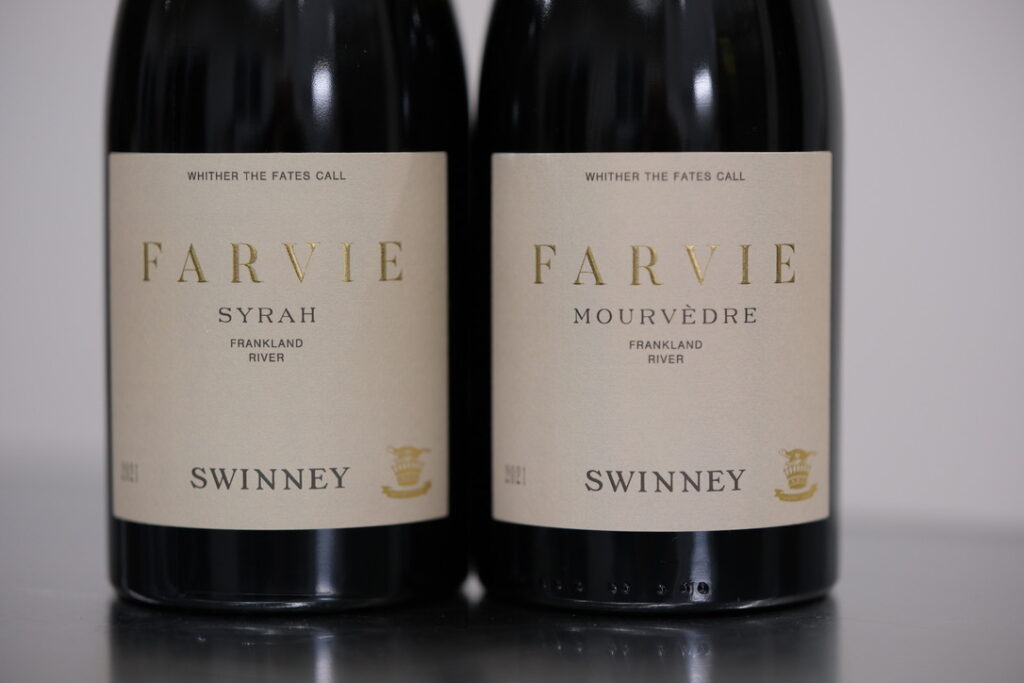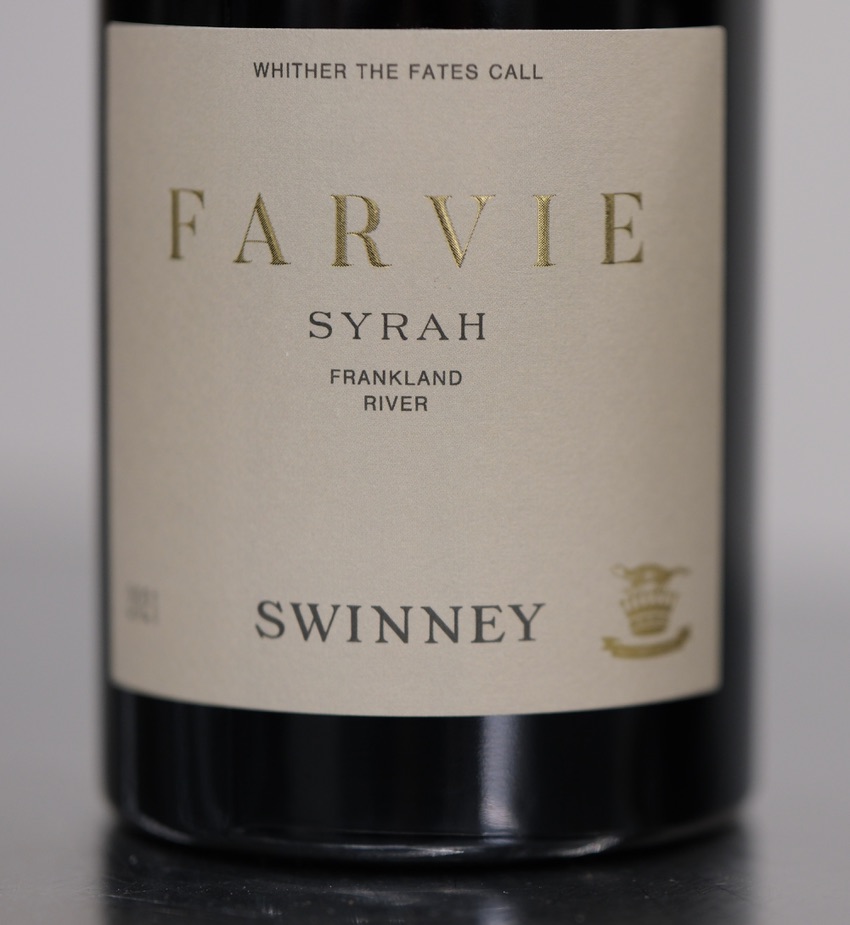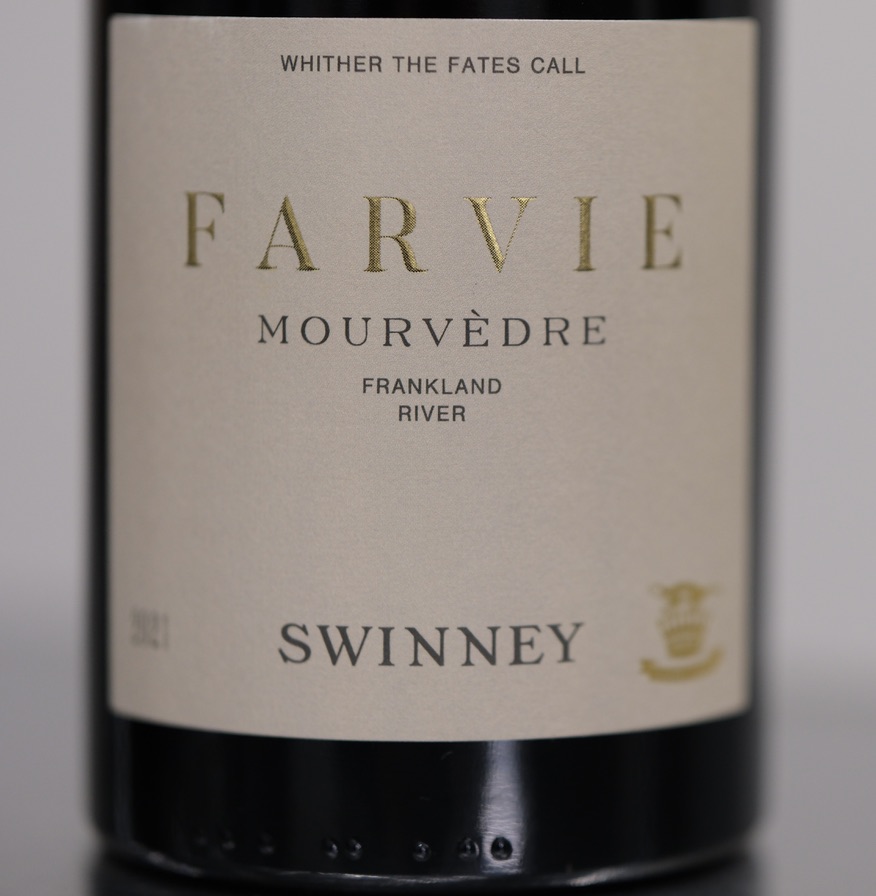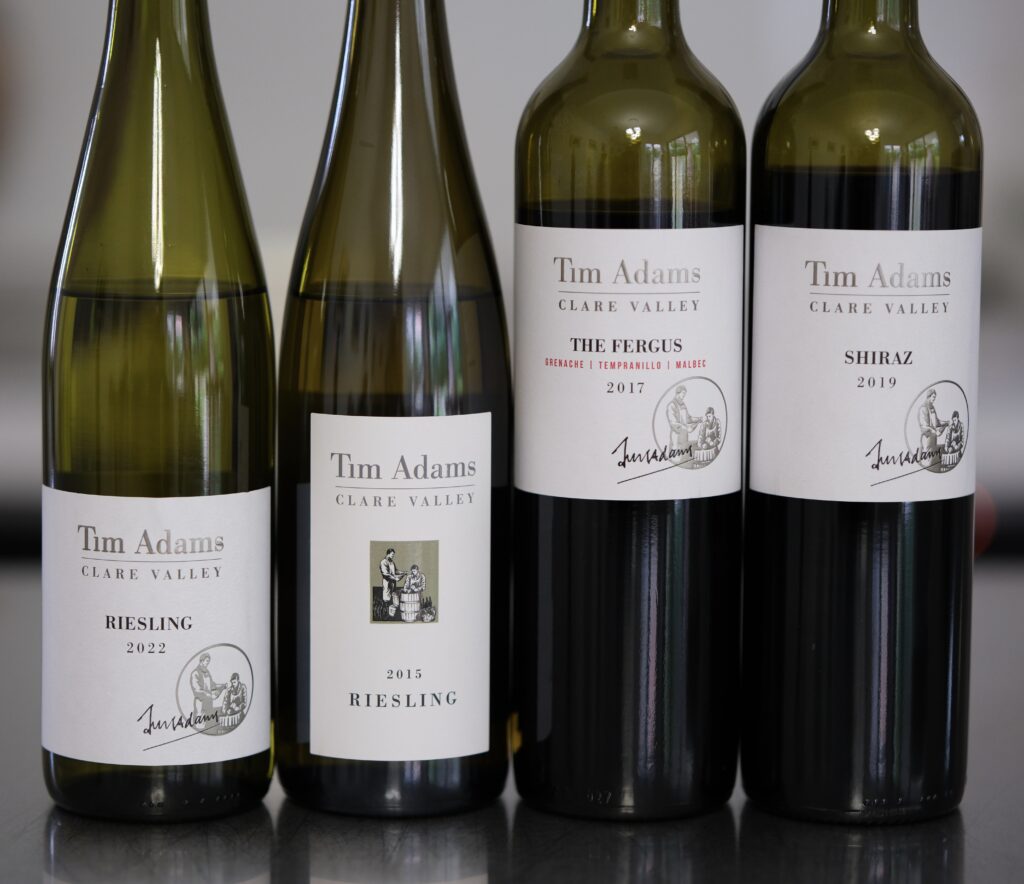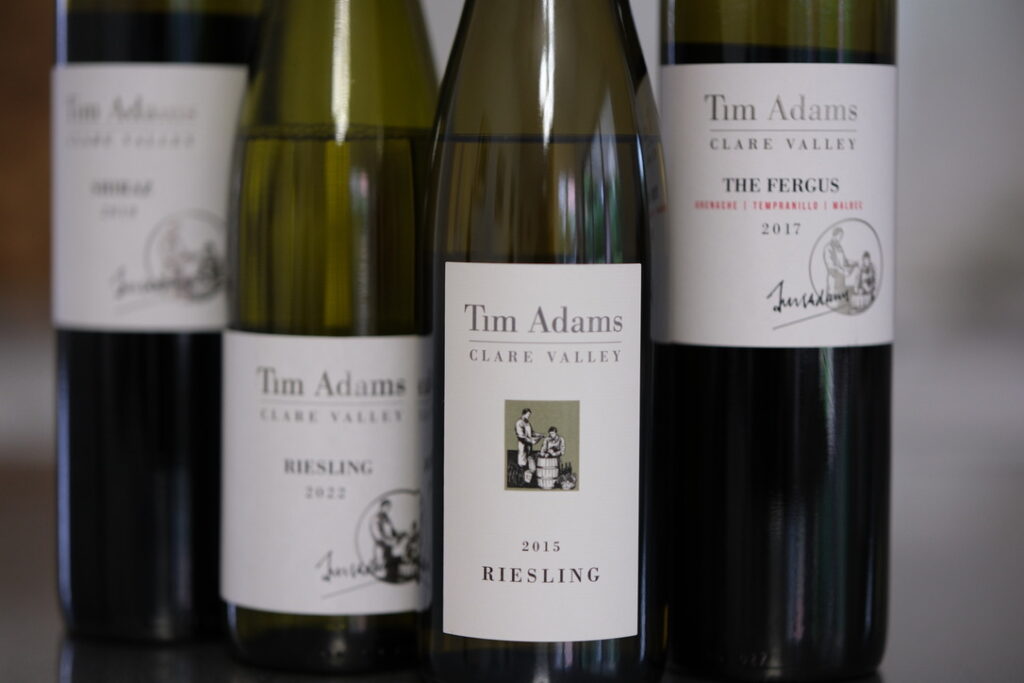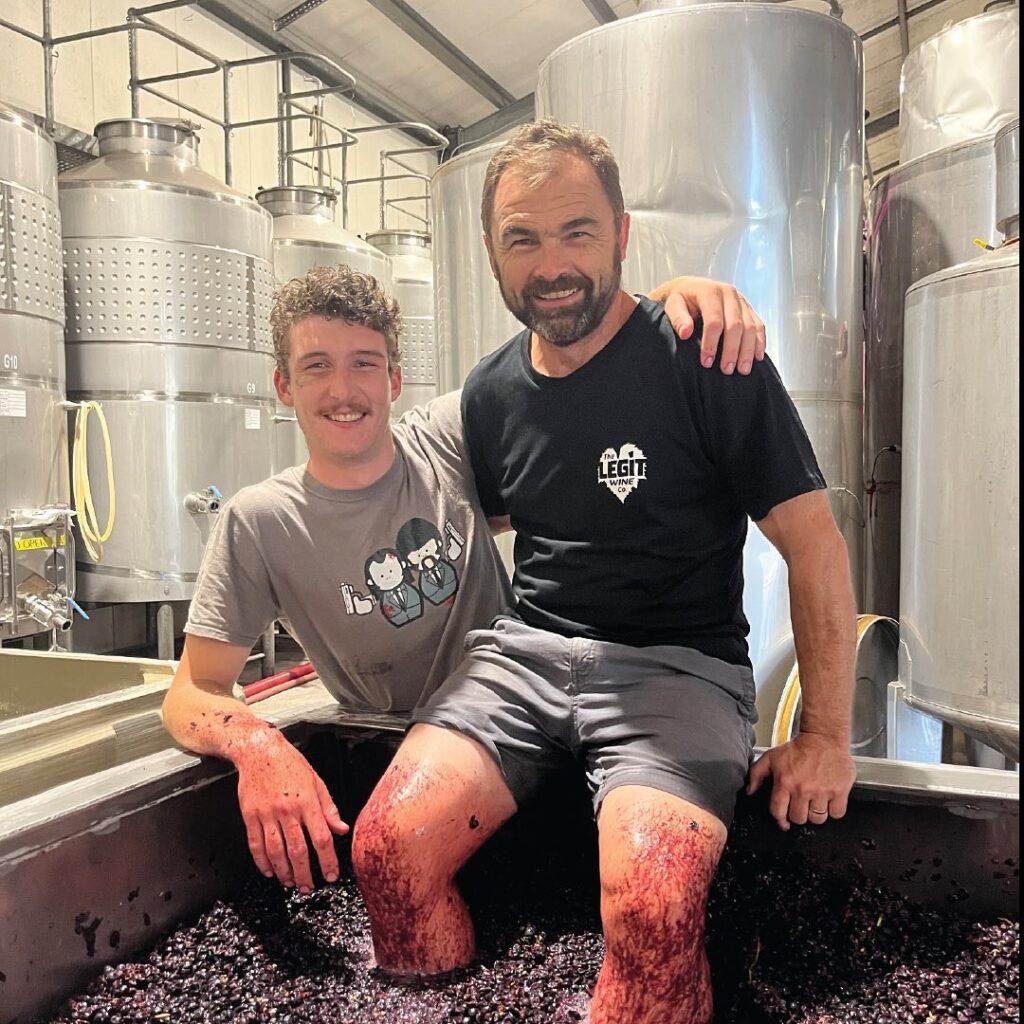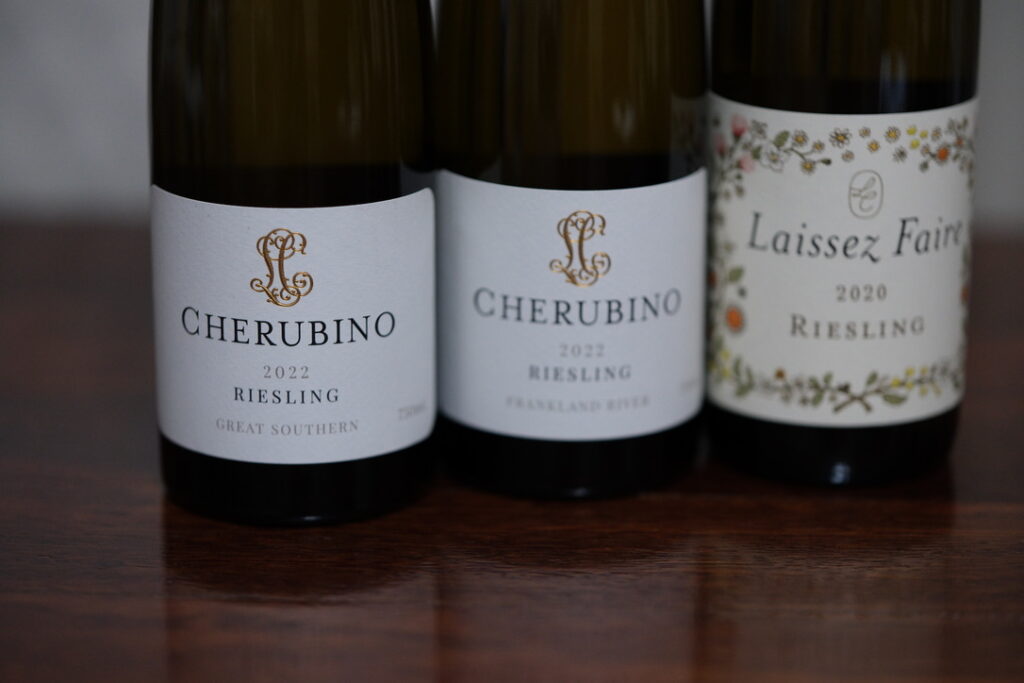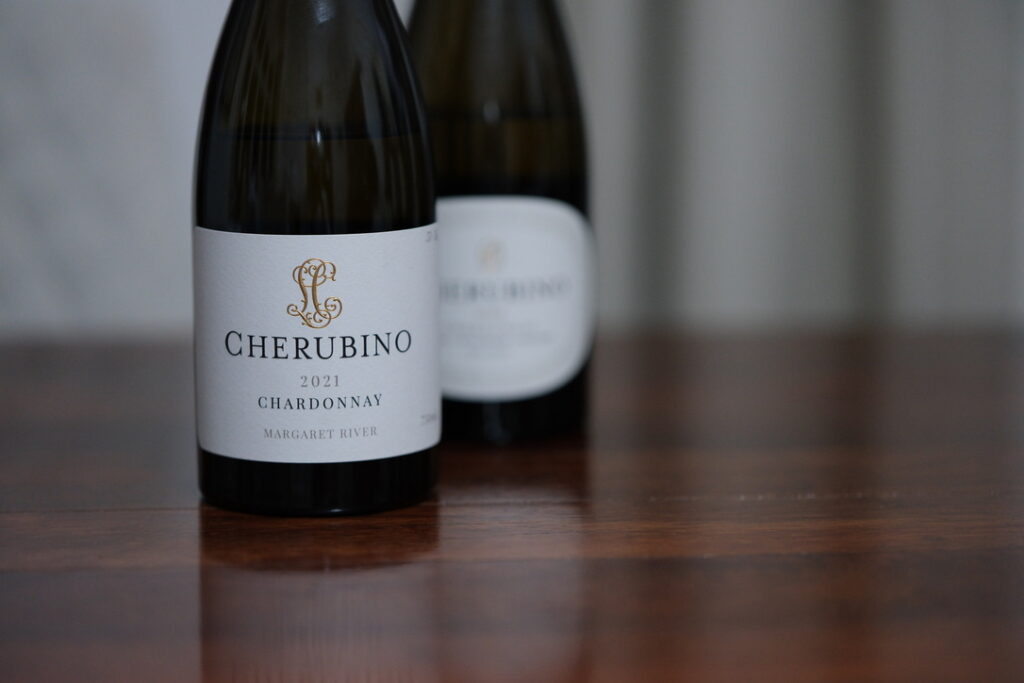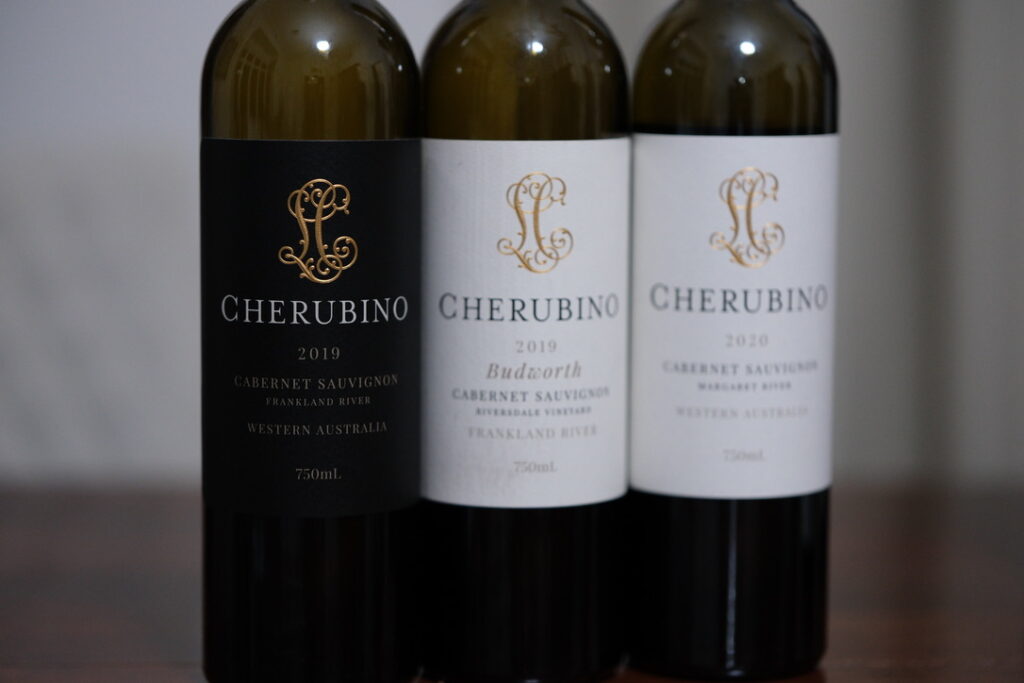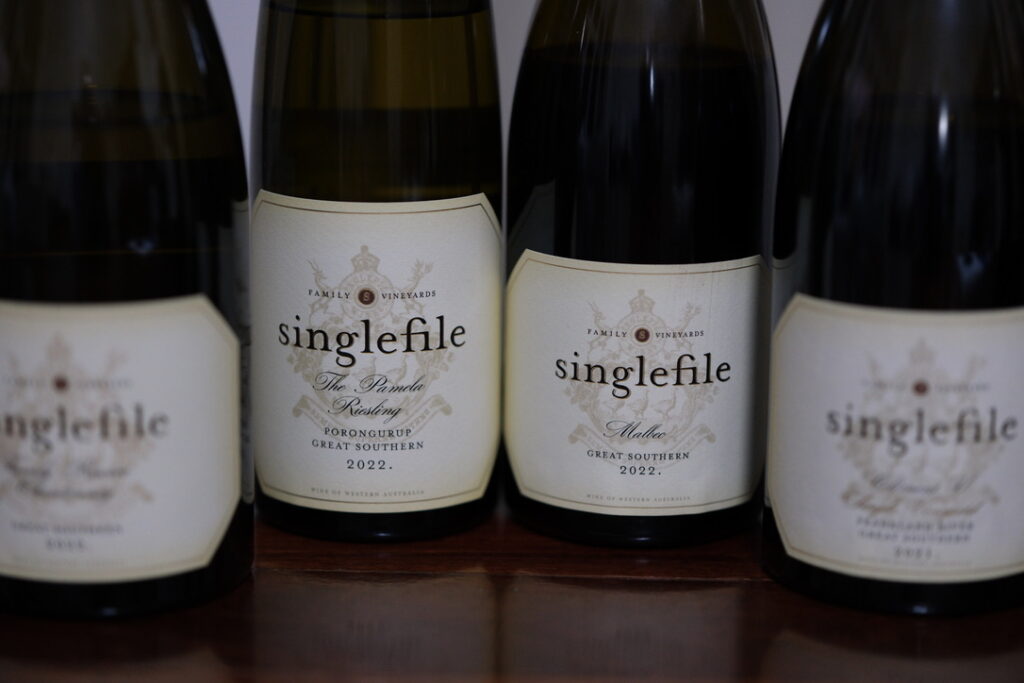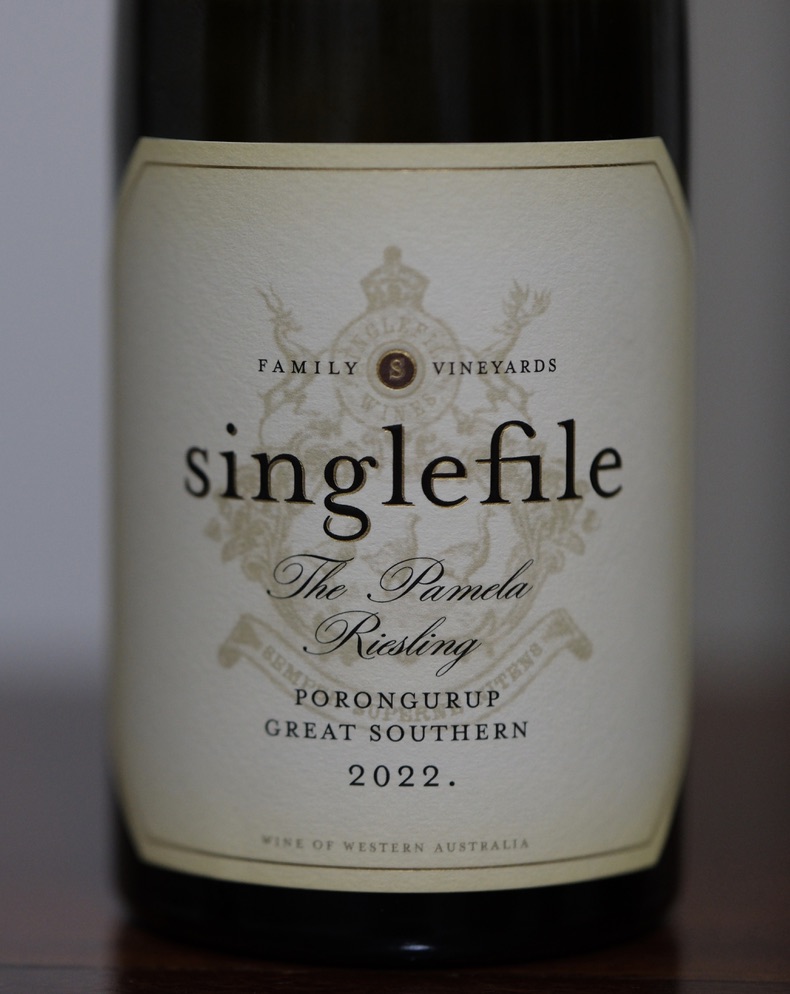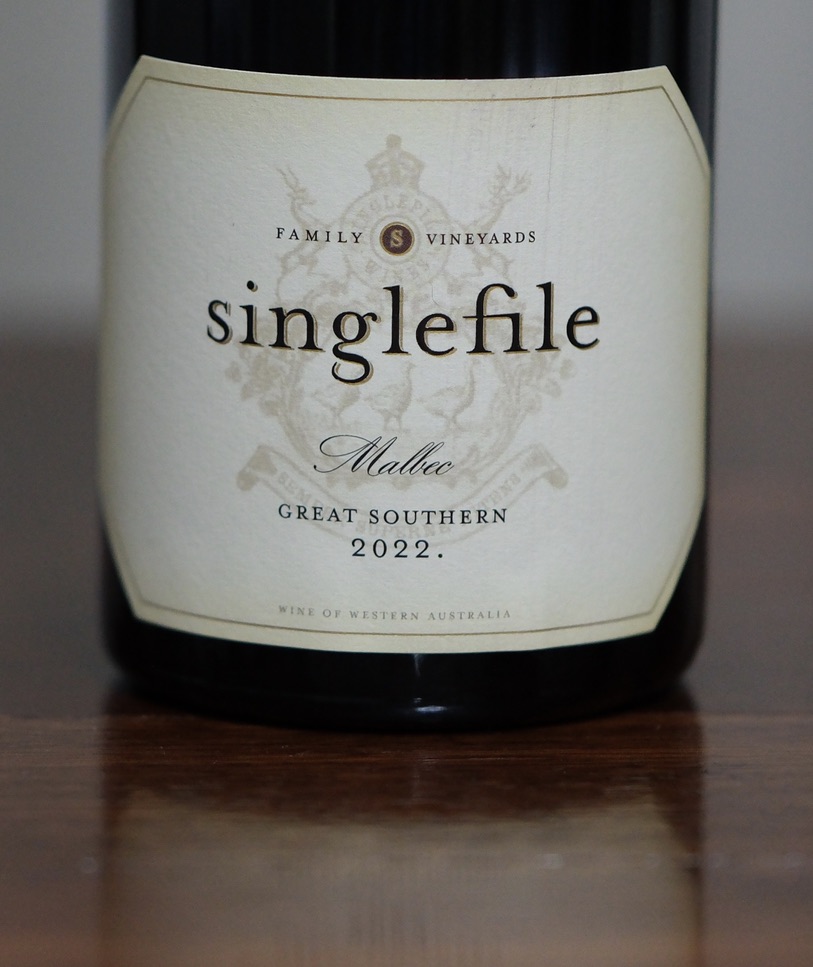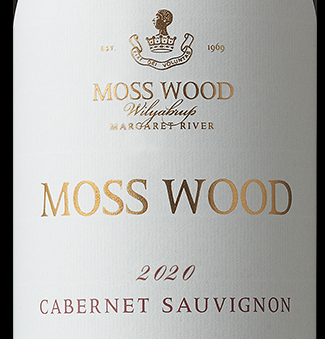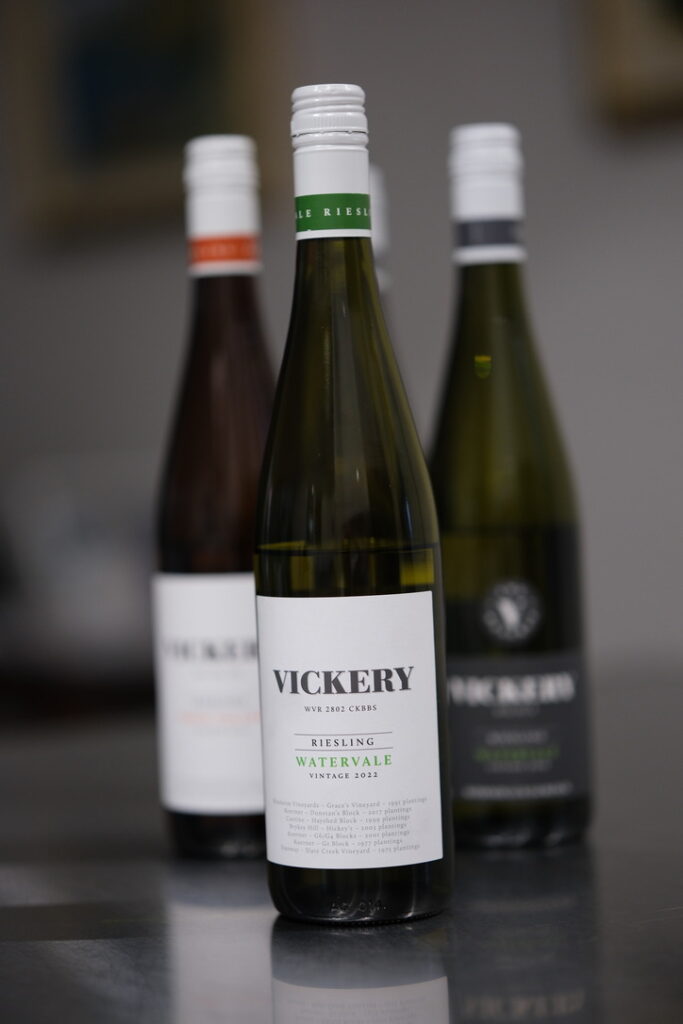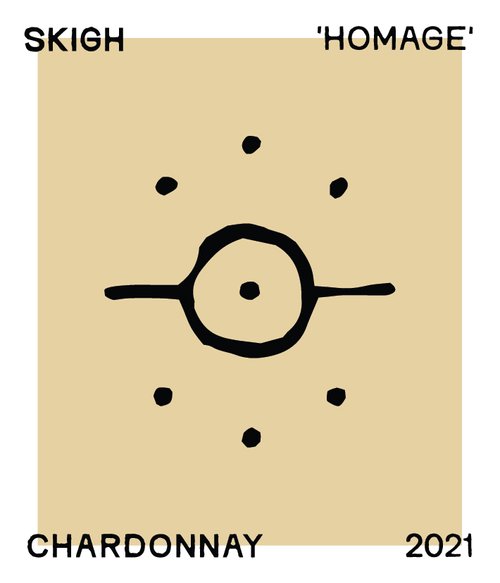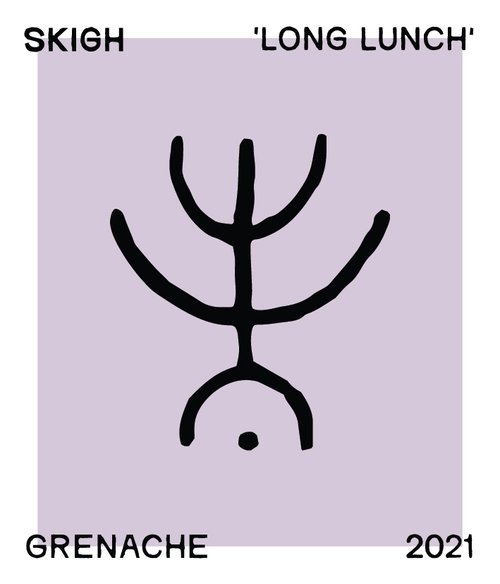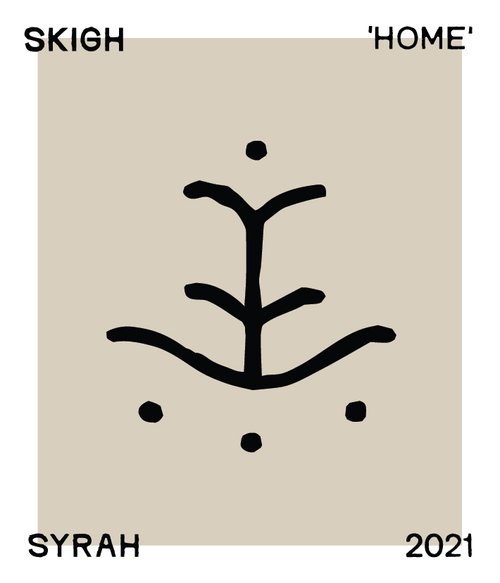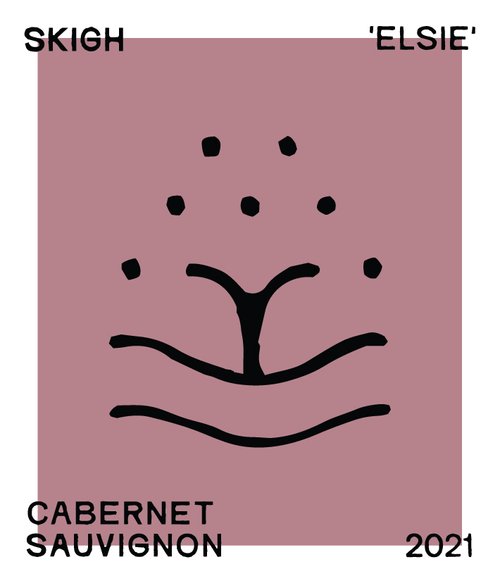2008 Vintage Champagne Tasting: The Quercus Collective
Barry Weinman: 10th June 2023
To celebrate the launch of The Quercus Collective, owners and Champagne aficionados Paul and Louise Avon-Smith hosted a tasting of twenty-one 2008 vintage champagnes.

The Quercus Collective is a bespoke commercial wine cellaring business in Perth’s Western Suburbs. The facilities offer a number of state of the art, climate controlled 1,000 and 2,000 bottle cellars.
In addition to the cellar, there is a custom tasting space where the Avon-Smiths will host exclusive tasting events for customers and friends.
One such event for customers and guests was the recent opportunity to experience 21 of the finest 2008 Champagnes, accompanied by thoughtfully prepared food to match each bracket of wine. MW candidate Foni Pollitt provided expert commentary throughout the evening.
The wines were served in brackets of four, with a glass of 2008 Lallier being enjoyed on arrival.
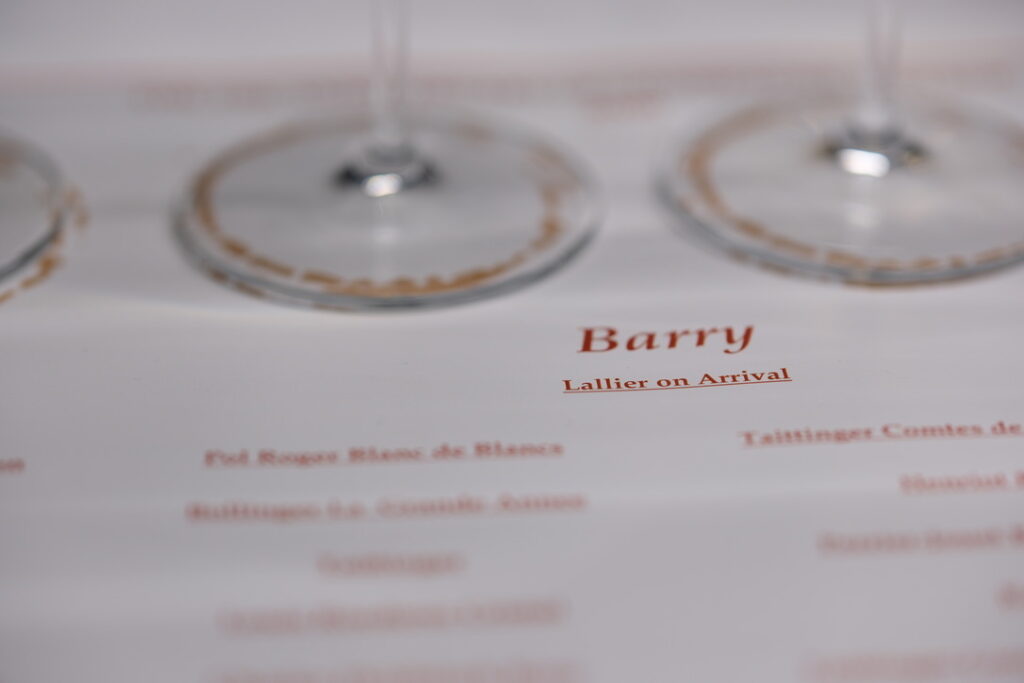
The 2008 Lallier was intense and powerful, with obvious bottle age adding to the enjoyment. An impactful wine and an excellent start to proceedings.
Bracket One

The first bracket consisted of Blanc de Blancs. Billecart Salmon’s 2008 Louise Salmon (96pts) was a spectacular start to formalities. An incredibly fine wine that revealed layers of citrus, stonefruit and minerality supported by a seamless palate transition, delicate textural notes and great length and persistence of flavours. Despite the fineness, this has impressively powerful fruit. (11yrs on lees, 7gm/l dosage).
The 2008 Pol Roger Blanc de Blancs (96pts) was a leaner, tighter expression, yet still possessing great power and intensity, combined with a silky, near seamless palate and impressive line and length. This really built in the glass, with the richness and texture developing over time. (7yrs on lees, 7gm/l)
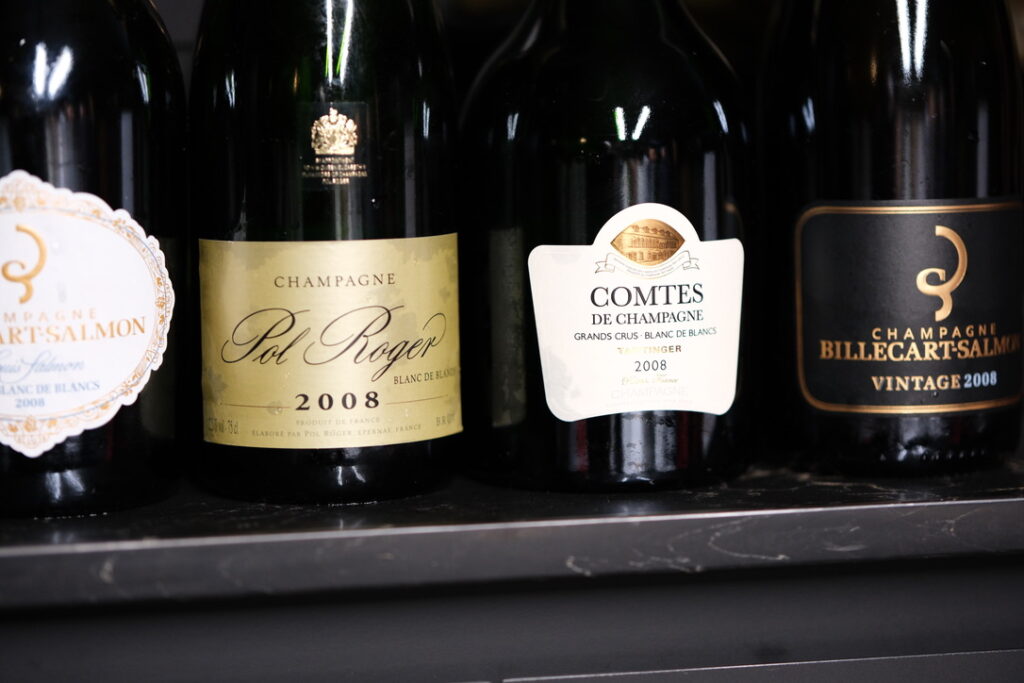
Remarkably, the 2008 Tattinger Comtes de Champagne (98pts) managed to take things to another level. So fine, supple and delicate, yet possessing an innate power that was breathtaking. A beautiful wine that is close to perfection (10yrs on lees, 9gms/l).
It was a tough ask for the 2008 Billecart Salmon Extra Brut (94pts) to follow the Comtes. Having a such a low dosage made the wine seem a little stark and robust in comparison, but this came into its own as it warmed up, possessing excellent vinosity. (9yrs on lees, 4gm/l).
Bracket Two
The second bracket started with the remarkable Piper Heidsieck 2008 (95pts). That this bargain-basement priced vintage Champagne held its own in such an illustrious tasting was a surprise to many. But there was no doubting the quality. Rich, rounded and developed, with excellent length, this is a wonderful effort that is drinking perfectly today. (8yrs on lees, 9.5gm/l).
This was followed by the superb 2008 Bollinger La Grande Année (96-97pts). A super intense and powerful wine that is still taut and closed at 15 years of age. Has a great future ahead. (9yrs on lees, 3gm/l).

In this illustrious company, Henriot’s Brut 2008 (9yrs on lees, 6gm/l) did not show as well as expected. There was some discussion as to whether this bottle was in perfect condition.
The final wine in the bracket was Pol Roger’s 2008 Vintage (95pts). This is a personal favourite of mine, and it was drinking a treat on the night. Depth, richness and intensity were all on show, with a core of citrusy fruit. Delicious. (8yrs on lees, 7gm/l).
Bracket Three
Dom Pérignon (96pts) kicked off the third bracket and was in fine form. Rich, rounded and developed, yet with a youthful nervous tension. The length and persistence of flavours were a highlight. (8yrs on lees, 5gm/l).
Following on from the Dom, the 2008 Tattinger (93pts) appeared a little simple. A good drink to be sure, but lacking the depth by comparison. (4yrs on lees, 9gm/l).
The sheer quality of the 2008 Perrier-Jouet Belle Èpoque (96+pts) caused a stir amongst the tasters. Extremely fine and elegant, yet with impressive power and intensity and the first signs of complex development. A joy to drink. (8yrs on lees, 9gm/l).
The bracket was rounded out by the sensational 2008 La Grande Dame by Veuve Clicquot (97+pts). So intense and powerful, yet delicate and very fine indeed. A wonderful wine that just got better and better as it warmed up in the glass. (6gm/l).
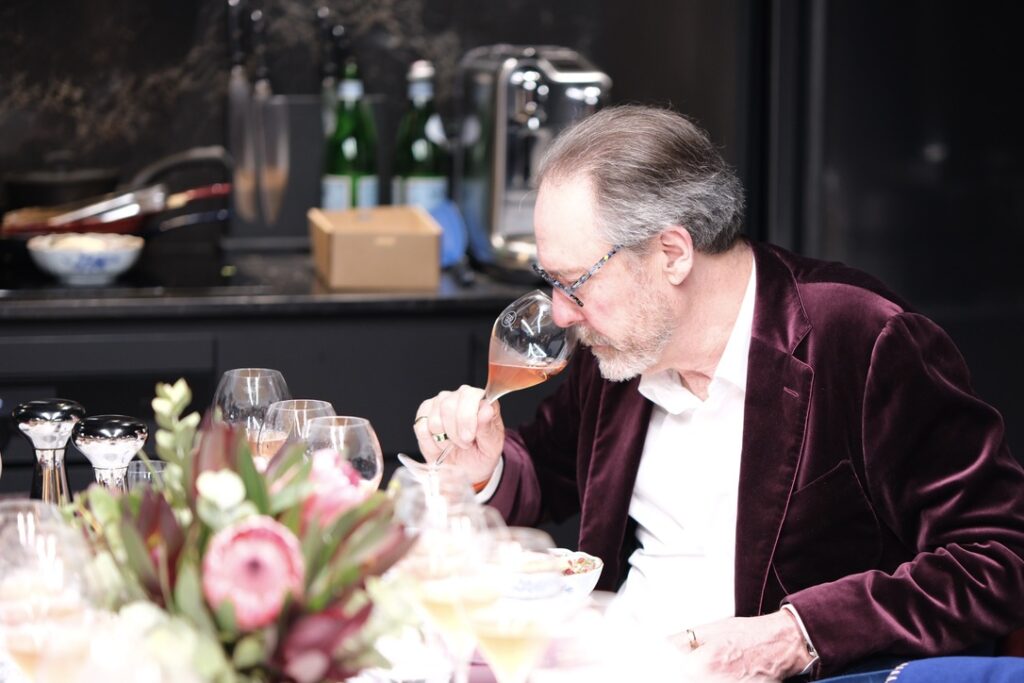
Bracket Four
Pol Roger’s 2008 Winston Churchill (96pts) was the most immature wine of the tasting, presenting as taut, lean and closed. This has a very long future and is sure to score even higher points in the years to come.
The Louis Roederer Cristal 2008 (98pts) was one of the high points for the tasting. So fine and elegant, yet so, so intense and with great presence on the palate. There was a tension to this wine that was quite exhilarating. A brilliant wine and close to perfection. (8yrs on lees, 8gm/l).
This was the first time that several of has had tried the 2008 Piper Heidsieck Rare (96pts) and everyone was very impressed indeed. Perhaps not quite as finessed as the Cristal, but it made up for this with raw power. Very intense and with great length of flavours, I loved this wine.
The final wine for the bracket was the 2008 Krug Vintage (99pts), a wine that was on another level again. Ultimate intensity and power, this was a meal in itself. One of the greatest wines I have had the privilege of drinking. (10yrs on lees, 4.5gm/l).
Bracket Five
The final bracket was dedicated to Rosés, kicking off with the 2008 La Grande Dame Rosé (95pts). Made with the addition of 14% Pinot Noir from the Clos Colin vineyard in Bouzy, this just felt a little dull on the day.
Next up was the balanced, rounded 2008 Charles Heidsieck Rosé (96pts). A great drinking champagne right now. 10yrs on lees, 9gm/l).
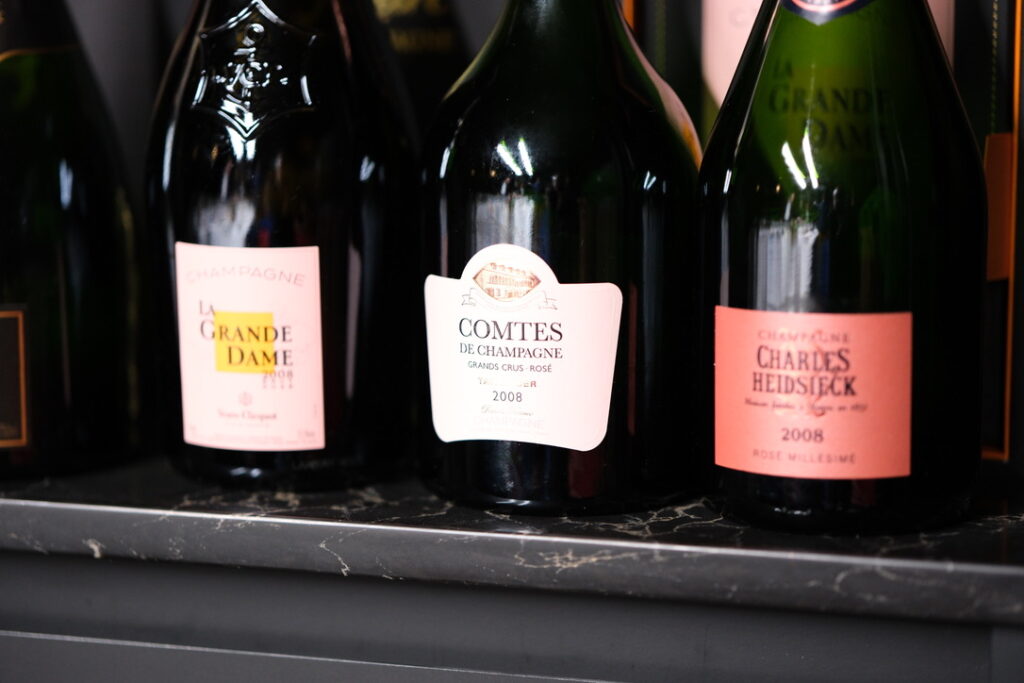
The second last wine was also one of my wines of the night and, by definition, one of the greatest Champagnes I have had the privilege to drink. Tattinger’s 2008 Comtes de Champage Rosé (98-99pts) was simply stunning. Taut, fine and elegant, with gentle red fruits building in the glass. But it was the power, intensity and stunning length and persistence of flavours that defined this wine. Brilliant. (12yrs on lees, 9gm/l, made with the addition of 12% red wine).
The final wine for the tasting was the delightful 2008 Billecart Salmon – Elizabeth Salmon (97pts). A powerful, intense wine with lovely strawberry fruit.
Conclusion.
Without doubt, this was the most remarkable wine event that I have had the privilege to attend. The generosity of the Avon-Smiths for hosting the tasting and supplying all wines from their personal cellar is even more remarkable than the wines themselves.
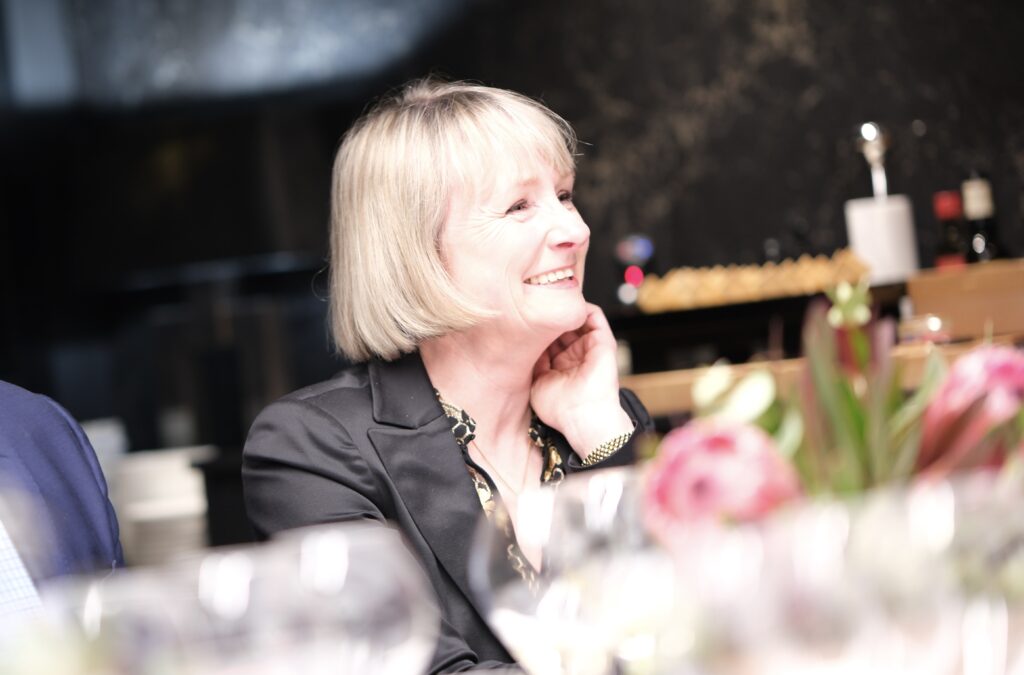
I strongly encourage you to get on The Quercus Collective mailing list, as more amazing tastings are being planned. (The next event is a Tyson Steltzer hosted Egly Ouriet tasting which is already fully subscribed).
And if you are looking for the ultimate off-site wine storage, then you should definitely check out the cellar. It is a unique facility with 24hr access.

